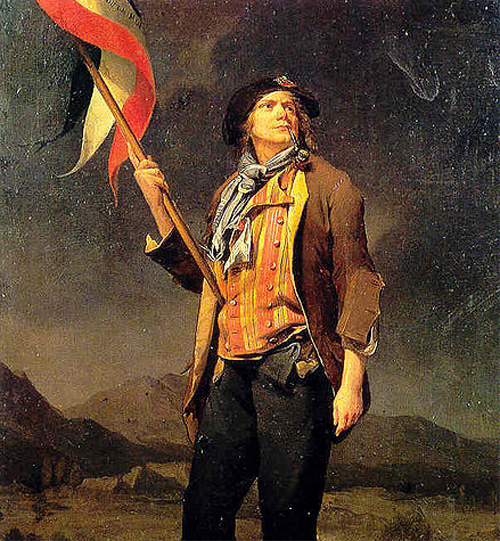Counterfactual Reasoning: Comparing British and French History
Teaching History article

Fog over channel; continent accessible?
Year 8 use counterfactual reasoning to explore place and social upheaval in eighteenth-century France and Britain
Two linked motivations inspired Ellen Buxton's research study: she wanted pupils to make connections between British and French history and she wanted to explore the potential of counter-factual reasoning within a causation enquiry. It is difficult for pupils to analyse the causes of the French Revolution when they invariably have little knowledge of French history or of what made it distinctive. Buxton attempted to solve this problem by using Britain as a comparison and as a stimulus to counter-factual reasoning. Britain represented a different path, a path which France did not take. But why did she not take that path? How did the two countries differ, and why? And how do these differences illuminate the relative importance of the causes of the French Revolution? Taking inspiration from Chapman's Alphonse the Camel (TH 112) and Woodcock's adaptation (TH 119), Buxton created Louis, the ill-fated royal camel, whose death requires explanation. Buxton's approach to counterfactual reasoning is also noteworthy for ingenious use of arithmetic. Weighting causes as numbers, her pupils played with ways of representing causal relationships, with intriguing results.
This resource is FREE for Secondary HA Members.
Non HA Members can get instant access for £2.75

